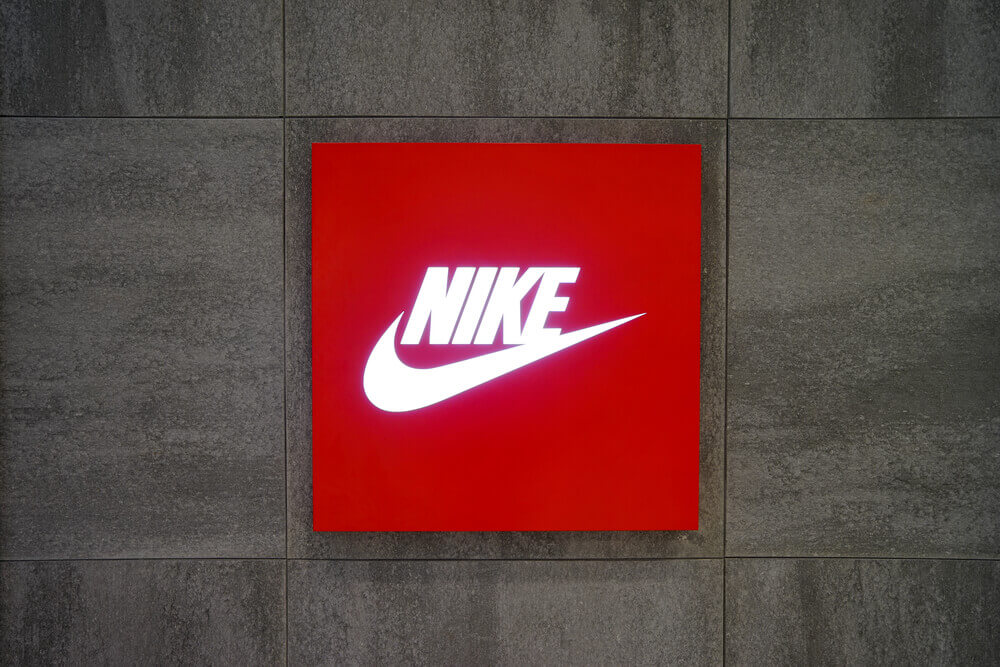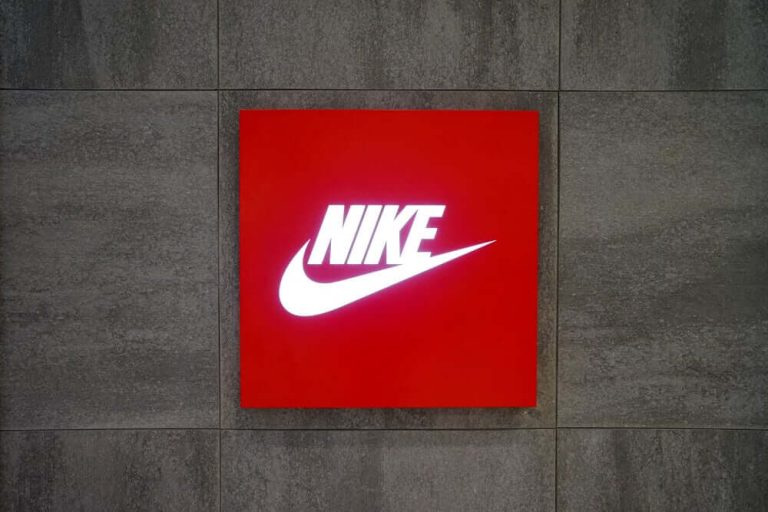
Nike's first revenue drop in two years: One percent drop alert
quick look
- Nike faces an expected drop in quarterly revenue, its first in nearly two years.
- The impact of direct-to-customer (DTC) strategy remains below expectations amid stagnant product innovation and fierce competition.
- The erosion of market share of rising stars such as On and Hoka, with sluggish demand in North America, has been identified as a serious concern.
As Thursday approaches Nike It stands on the brink of reporting its first quarterly revenue decline in nearly two years, highlighting the lower-than-expected effectiveness of its direct-to-customer (DTC) approach and a notable slowdown in demand within North America. The development marks a pivotal moment for the sportswear giant, which has noticeably shifted focus towards boosting its margins by channeling sales through its own channels, which include both physical stores and digital platforms, rather than increasing its wholesale inventory footprint.
Nike's shift to a DTC-centric sales model was a calculated move aimed at boosting margin growth by gaining greater control over the sales ecosystem. But this transformation has faced significant headwinds. Analysts point to a lack of innovation, particularly within the popular Air Jordan line, as a primary problem facing the brand. This recession has presented an opportunity for emerging brands like On and Decker's Hoka to seize market share, especially in the competitive running category. Morningstar analyst David Schwartz succinctly captures the essence of the challenge: “If products aren't very popular, it doesn't matter where you sell them, people won't buy them.”
The forecast numbers speak volumes, with forecasts indicating a roughly 1 percent decline in third-quarter revenue. These expectations have prompted at least five brokerage firms to adjust their target prices downward in anticipation of the earnings announcement. Furthermore, the expected seven percent decline in earnings per share to seventy-four cents highlights the increasing pressures facing the brand.
The innovation dilemma and competitive pressures
Critical analysis reveals an important problem. Nike's investment in innovation has not kept pace with market dynamics. As a result, this has led to perceptions that the brand is outdated. Brian Mulberry of Zacks Investment Management echoes this sentiment. It highlights consumer spending trends, which reflect declining brand appeal. Despite this, DTC revenue maintains a steady 42% of total sales. However, the main challenge lies in the wholesale sector, especially in the United States. Here, retailers reduce orders due to irregular order patterns.
Furthermore, the broader sportswear market underscores this trend. Adidas has issued warnings about continued sales declines in North America. Likewise, Foot Locker expects earnings below expectations. This is due to their increased investments with the aim of stimulating demand. In contrast to these challenges, Nike's stock performance has suffered. It has registered a decline of approximately eight percent year-to-date. This performance is in stark contrast to the Dow Jones' gain of nearly four percent.
Looking to the future: Navigating the changing landscape
As Nike prepares to report its earnings, the focus is increasing on its ability to navigate these turbulent waters. The challenges are manifold, from revitalizing product innovation to recalibrating your DTC strategy in the face of intense competition and volatile demand. How the brand responds to these obstacles will not only shape its immediate financial trajectory, but will also set the tone for its strategic direction in an increasingly competitive sportswear market.
The post Nike's First Revenue Drop in Two Years: 1% Decline Alert appeared first on FinanceBrokerage.

